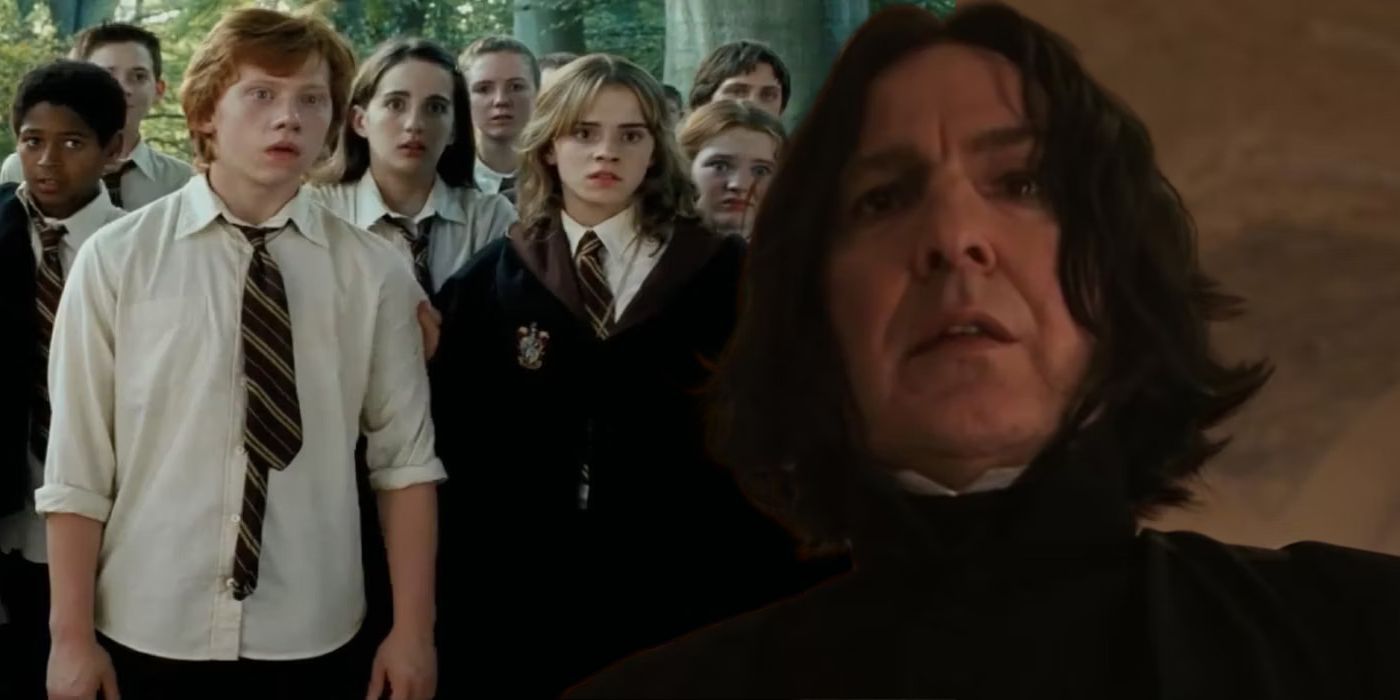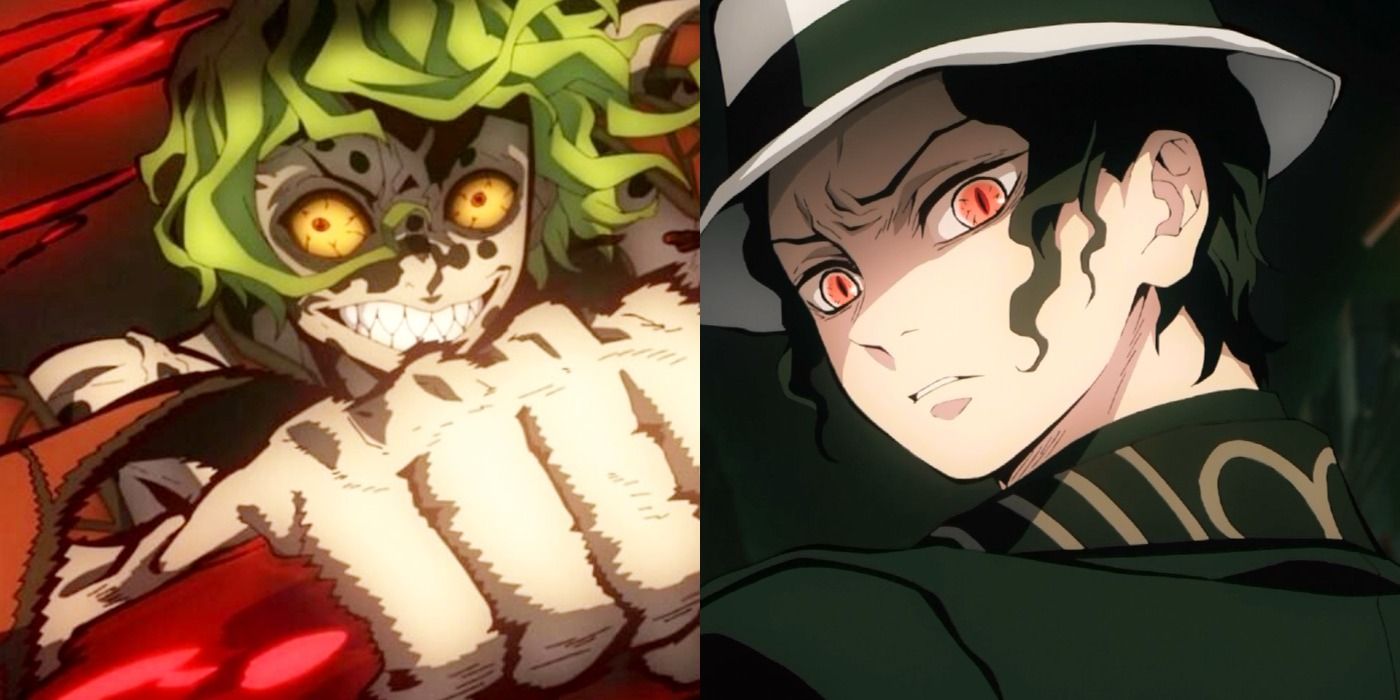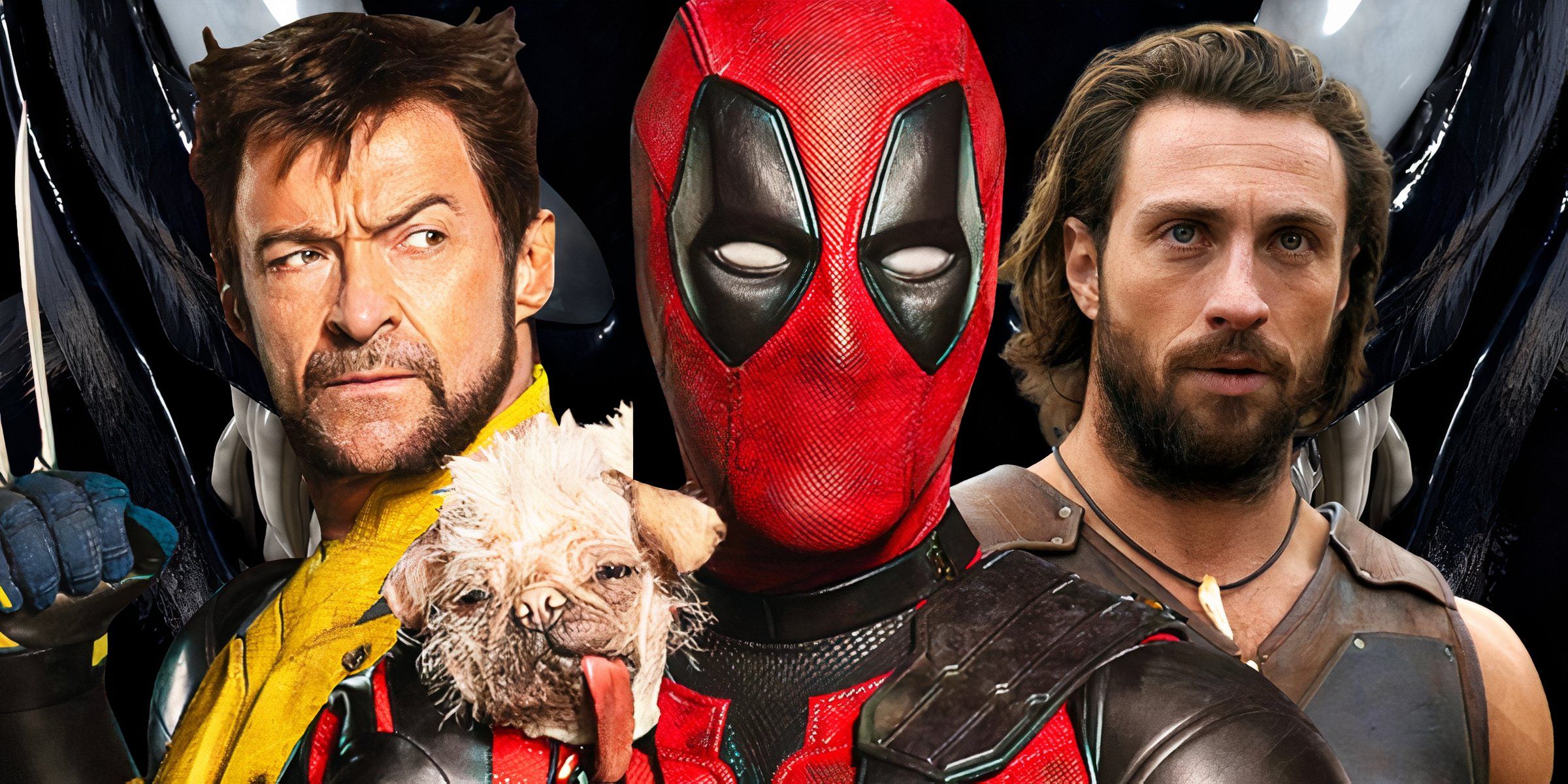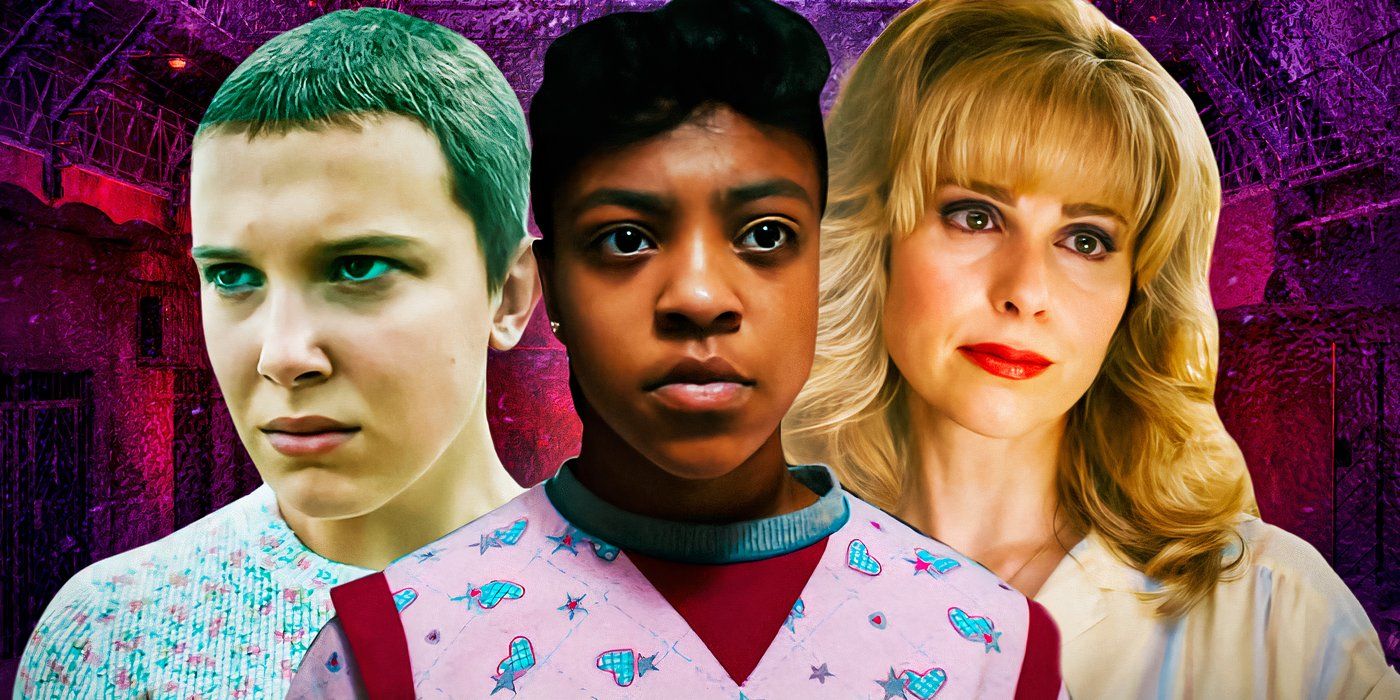Can the Marvel Netflix shows possibly be saved from cancellation? October was a disturbing month for Marvel fans, with Netflix pulling the plug on both Iron Fist and – just a week later – Luke Cage. Since then, third-party analytics have suggested that there’s a simple reason: the Marvel Netflix series have been losing viewers for years, and both Iron Fist and Luke Cage lost two-thirds of their viewership between their first and second seasons.
In spite of these disappointing figures, though, there’s evidence that the Marvel Netflix brands are still strong. According to Parrot Analytics, demand for the remaining shows is high, with Daredevil, Jessica Jones and The Punisher all sitting within the top 0.03 percent of most “in demand” series worldwide. That news will no doubt have encouraged Daredevil showrunner Erik Oleson, who’s just pitched season 4 to Netflix.
Related: Marvel TV Is More Successful Than You Think – And We Can Prove It
If the Marvel Television/Netflix partnership is to continue, then both the streaming giant and the television studio need to learn some important lessons. All three remaining series still have the potential to be hits, and it’s just a matter of realizing that potential.
- This Page: Some of the Core Problems With Marvel Netflix
- Next Page: How Netflix Can Deal With The Problems
There Were Too Many Marvel Netflix Shows
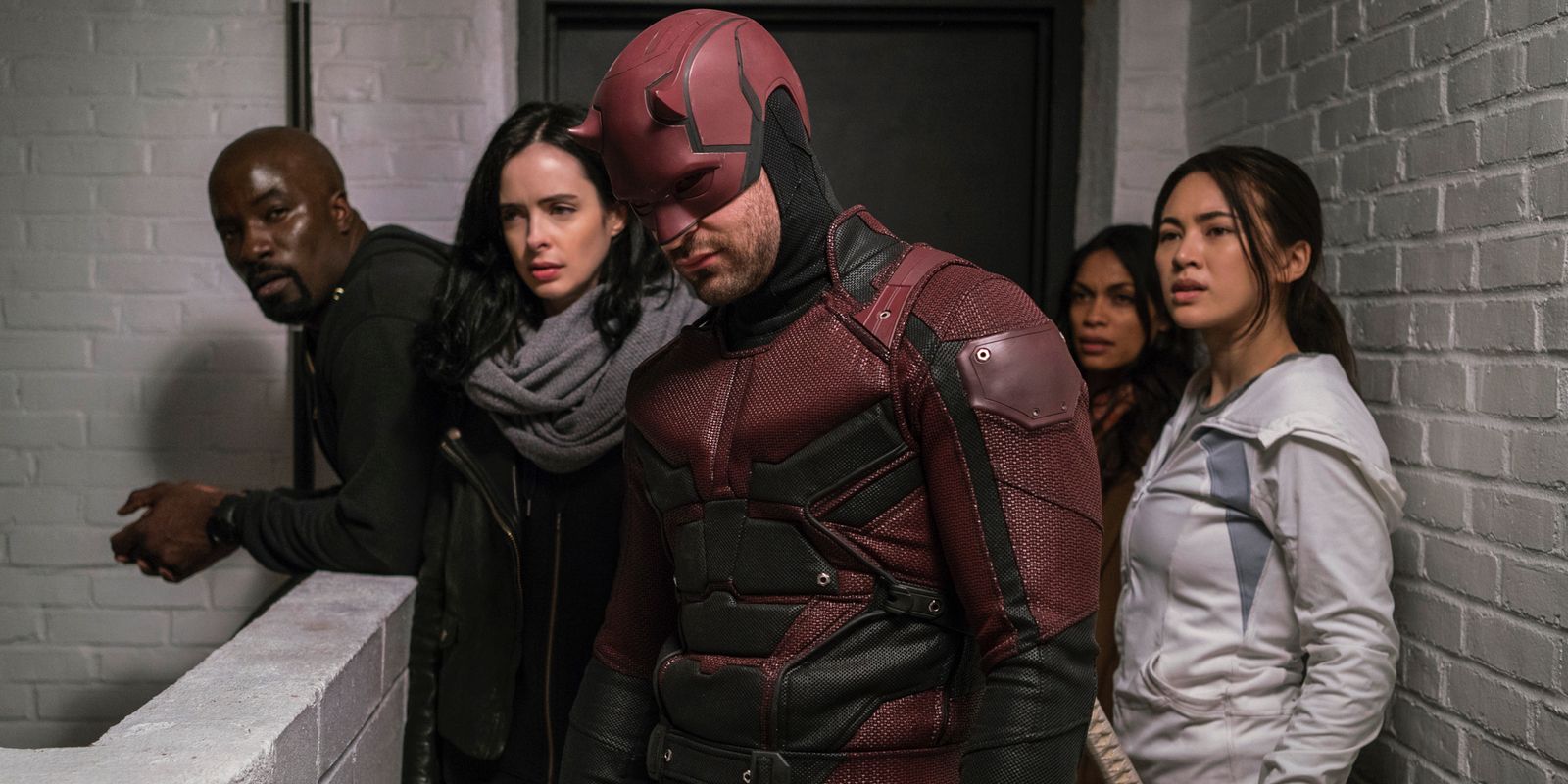
When the Marvel and Netflix partnership began in 2015, the streaming giant was wary of releasing too much of the same kind of content in a year. As a result, audiences were initially treated to just two seasons every year. That changed in 2017, when Marvel released three; this year, there have been four. There hasn’t even been much of a gap between the different shows, either, with Iron Fist season 2 releasing on September 7 and Daredevil season 3 on October 19. It seems likely that Marvel reached a saturation point on the medium, with audiences getting tired of too much of the same thing. It’s also possible that the low time-gap between the different releases meant audiences became more aware of the Marvel shows’ weaknesses, such as their pacing problems, and simply began to tune out.
This increased output is reflective of Netflix’s overall push to release more original content every year, but it looks as though the Marvel Netflix series are now getting drowned out. Making matters worse, it’s important to remember that Netflix don’t really bother to promote their shows much; they depend on their algorithms to do their marketing for them, with promotional slots based on the algorithm’s reading of a user’s interests. Given the Marvel Netflix shows are all part of the same genre, that means they’re effectively competing with one another – as well as with all the rest of Netflix’s content. No less than 60 different Netflix Originals premiered in October, and when Daredevil season 3 released on October 19, it was competing against 10 other Netflix Original series and three Netflix movies.
Related: Marvel/Netflix Future: Which Shows Are Still Happening?
Fortunately, there are signs Marvel and Netflix may have already learned this lesson. So far, next year, the only shows expected to release are Jessica Jones season 3 and The Punisher season 2; neither is going to be renewed until after their next season has aired, so that inevitably slows the pace. While Oleson has pitched Daredevil season 4 to Netflix, it wouldn’t necessarily release in 2019. Indeed, Marvel and Netflix may be wise to go back to the two-seasons-a-year model.
Marvel Netflix Shows Were Too Inconsistent
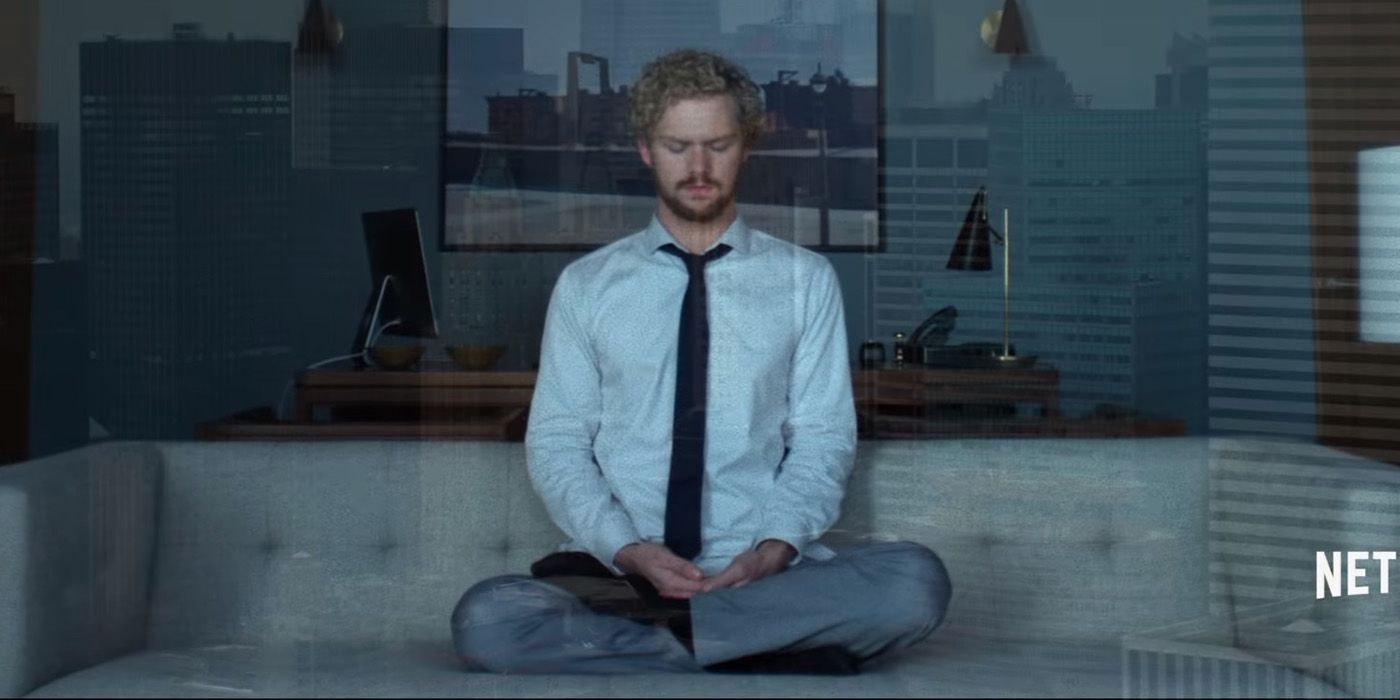
Meanwhile, the problems have been compounded by the inconsistent quality of the Marvel Netflix shows. Daredevil season 1 was a powerful, intense drama with deep character-work, tremendous actors, and stunning fight choreography. Contrast that with Iron Fist season 1, which had leaden pacing, flat characters, and some of the worst fight scenes around. Series star Finn Jones was hardly an accomplished martial artist, and his character spent much of the story unmasked, meaning stunt doubles couldn’t be used. He later claimed he only had ten to fifteen minutes to learn the fight choreography for some scenes.
Viewing figures released by Jumpshot have hinted that audiences interact with the Marvel brand on Netflix as a single entity. If that’s the case, then Marvel need to be very careful; one weak season reflects on the rest of their productions as well. A weak season of Iron Fist drives viewers away from Jessica Jones. It’s possible this issue will be less pronounced with some of the remaining shows, given it’s generally believed the Daredevil and Punisher brands are stronger than the rest of the Marvel Netflix slate. But that’s not an excuse to make weaker series; rather, it’s cause for a note of optimism, that the decline in viewership can, hopefully, be averted.
Page 2 of 2: How Netflix Can Deal With The Problems
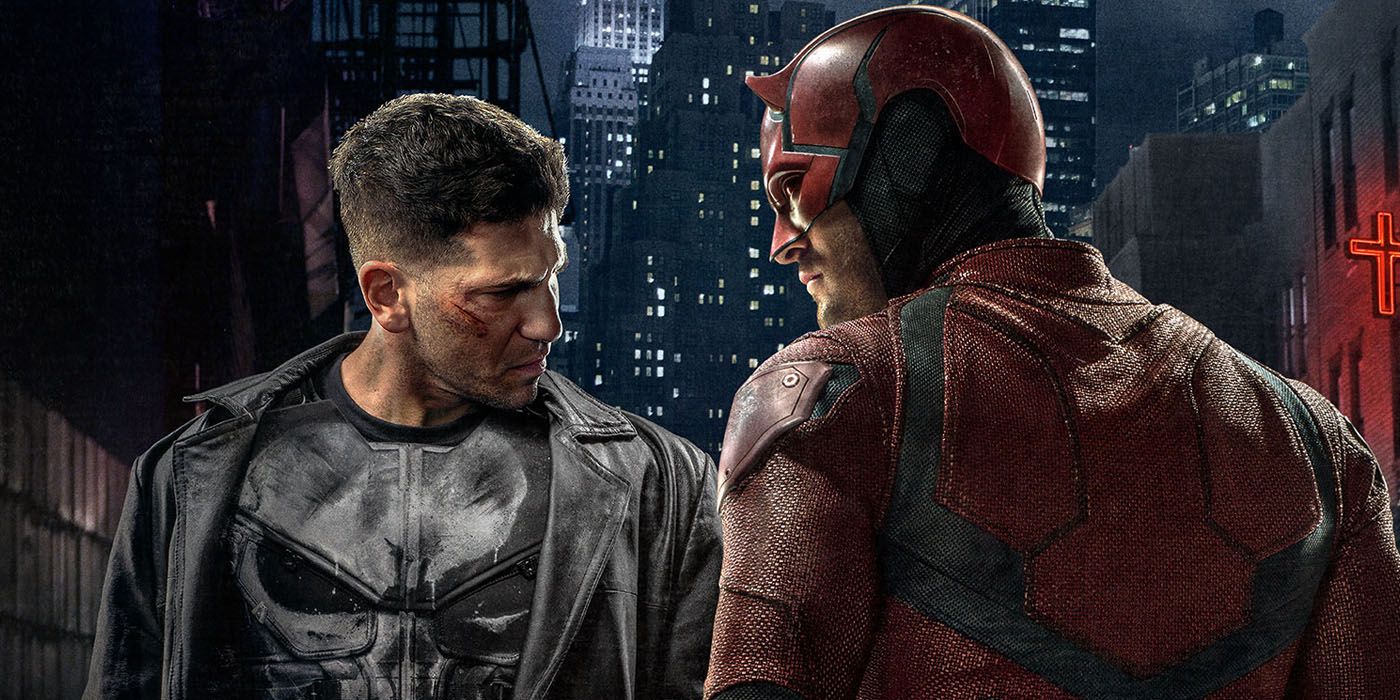
Netflix Should Focus On The Marvel Shows People Like
So just how should Netflix and Marvel respond to these challenges? Firstly, they need to focus their efforts in on the properties that are resonating with audiences. The clear winners in this respect are Daredevil and The Punisher, two powerful superhero brands whose shows have been popular and critical successes. Although Jessica Jones season 2 stumbled a little, hopefully its tremendous first season generated sufficient goodwill for viewers to keep tuning in. It’s surely no coincidence that, according to Parrot Analytics, the three remaining Marvel Netflix brands are the strongest ones.
The sad truth is that these cancellations could actually be good for the Marvel Netflix world in the long run. As little as fans may like to admit it, Iron Fist probably shouldn’t have gotten a second season. Season 1 had been savaged by critics and viewers alike, after all, and Marvel was forced to launch a complex, years-long plan to redeem Finn Jones’s character; he played a major role in The Defenders and even cameoed in Luke Cage season 2, all an attempt to regain audience engagement. Should Netflix have allowed Marvel to go to these lengths? Or should they have just pulled the plug? While Iron Fist season 2 was a tremendous improvement, sadly viewers don’t seem to have turned up. The damage had already been done.
Related: Why Netflix Cancelled Iron Fist (Despite An Improved Season 2)
In the same vein, Marvel and Netflix should focus on the plot and character elements that garnered the most popular acclaim. Daredevil and The Punisher, for example, are essentially distorted mirror-images of one another. The first series stars a hero who is tempted by the seductive lure of violence, and is consistently challenged as to how far he’ll go; when Matt Murdock confronted the Kingpin at the end of season 3, it was impossible to know whether he would finally snap and kill him. In contrast, Frank Castle is a man who has no such compunctions about killing; the tension in The Punisher season 1 derived from the fact viewers knew what this man was capable of, and watched eagerly as foolish criminals pushed him ever-closer to cutting loose. The plots of future seasons should build upon the elements that have worked so well in the past. Meanwhile, Jessica Jones does need a little more critical of an eye; the first season was more of a psychological thriller crossed with detective noir, but season 2 lost that edge a little in a strange plot centered upon Jessica’s mother. It’s important that it gets it back for season 3.
Netflix Marvel Shows Should Stop Being Interconnected
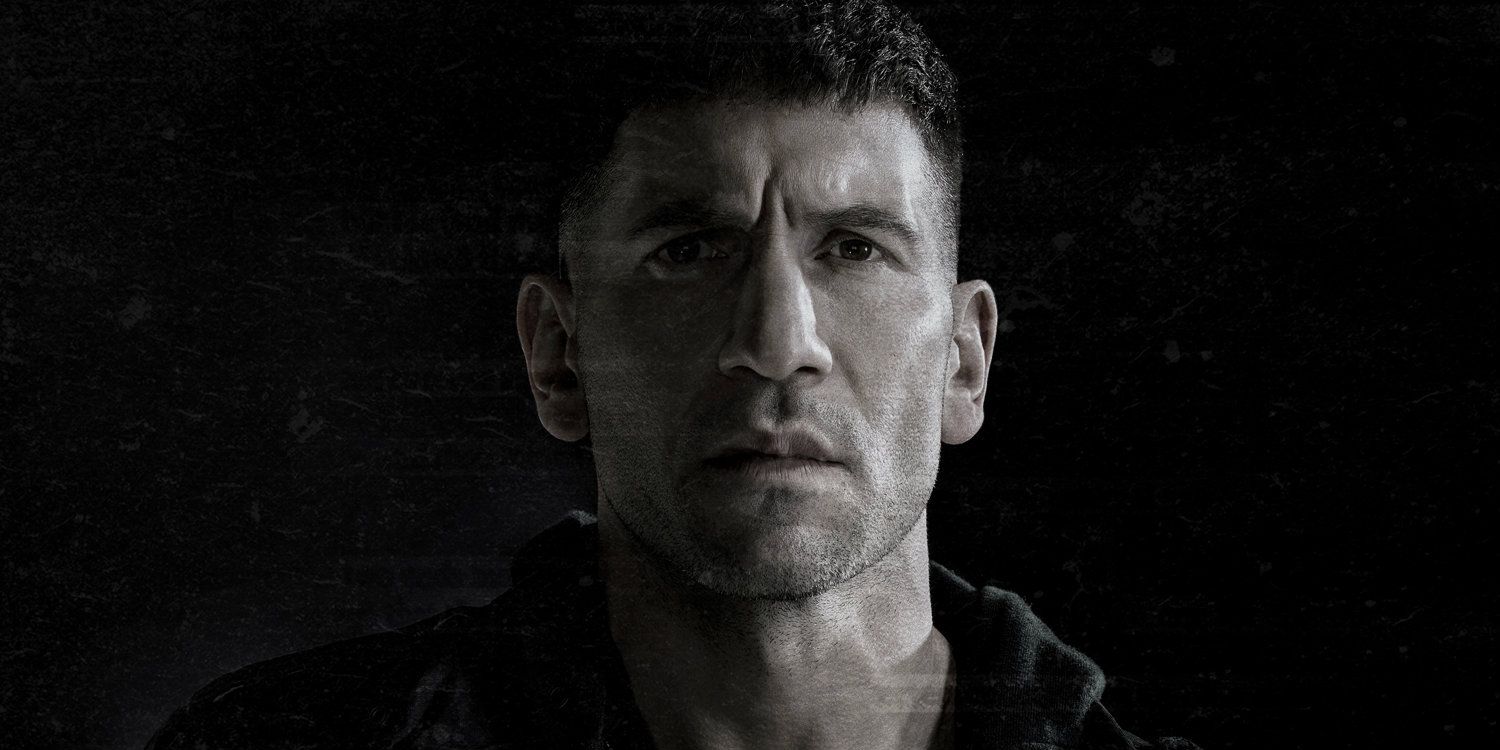
Furthermore, it’s time for Marvel and Netflix to realize an important truth; Marvel’s greatest strength can also be its greatest weakness. The shared universe model was intended to be at the center of the Marvel Netflix offerings; the first few seasons were all bound together by secondary characters like Rosario Dawson’s Claire Temple, and they were intended to build up to a climax in The Defenders. Unfortunately, The Defenders reportedly had lower viewing figures than any of the shows that preceded it. The strategy just didn’t pay off; in spite of which, Marvel seem to have continued with it. There were close connections between the second seasons of both Luke Cage and Iron Fist, which essentially shared the same secondary cast. But that means viewers have to watch every series in order to fully understand any of them – and, again, it’s not happening.
Daredevil season 3 blazed the right trail. Oleson created a self-contained story that was tightly focused in upon the central characters and proved to be tremendously effective. An introductory recap ensured new or casual viewers knew everything they needed in order to make sense of the plot. That’s the kind of approach Marvel would be wise to take going forward, and there are positive signs. While Deborah Ann Woll appeared in The Punisher season 1 as Karen Page, she won’t be reprising the role in season 2. This approach will have additional benefits, too; ideally, it will allow each Marvel Netflix series to develop its own unique identity, and thus potentially a distinctive viewership. That will help with the Netflix algorithms, which won’t pit these shows up against one another as much.
–
The Marvel Netflix shows have had a lot of bad press of late, but in truth the partnership between Marvel Television and the streaming giant has been a tremendous success. Ultimately, the one central problem has been that both Marvel and Netflix have been reluctant to learn from their mistakes. Only now, after 11 seasons, are they even beginning to work on the much-criticized pacing problems. If these shows are to have a future, though, it’s time for the companies to learn at speed – and to make the necessary adjustments.
